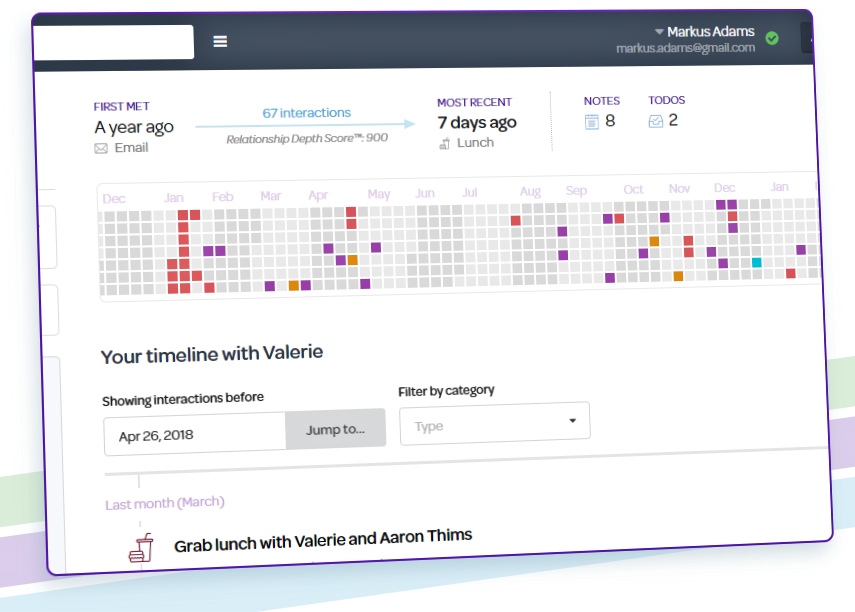
A rise in principal write-downs
Principal write-downs are not necessarily the flavor of the month for lenders and servicers, but they are being done more frequently than in the past. The government has tried, unsuccessfully, to change bankruptcy laws to include “cram-downs” as part of the process. Some justify them by saying there will be fewer strategic defaults while others think it may be the right, or the fair thing to do for those who owe more on their home than it is worth. Many are noting that fixing the housing crisis would go a long way to fix unemployment in America.
One immediate flaw with the NewBottomLine.com report on housing as a means of fixing unemployment is that it claims that 23% of all homeowners are underwater and in the footnotes shows this figure came from a March 2011 CoreLogic Press Release. That press release clearly stated that 23% of homeowners with a mortgage were underwater. There is a massive difference comparing nearly one quarter of homeowners versus only those with a mortgage.
The report suggests principal write-downs for the entire 23% of those owners with a mortgage, to current market value, a fixed 30-year loan, as well as bringing them down to today’s interest rates which they indicate would have a trickle down effect on both the housing and job markets. The theory (and boy do I love theories) is that households- or at least 23% of them who are mortgage holders- will have more expendable income now that they are saving a boatload on housing payments, which could cause people to buy more retail products, and she-bang, the increase of supply and demand will make employers hire more workers. The entire report (and that term is used very loosely, as it is only nine pages in length) has a host
of problems which are not addressed.
Problems with the New Bottom Line theory:
Will all homes with a mortgage be automatically subject to a new valuation? Will there be a process initiated for requesting a write-down? If so, who will be responsible for setting the goals and objectives of such a process or program? Will this solely be a geographical thing, as the report used certain states to make their claim? The theory leaves us with many more questions than answers.
Problem one: Are all mortgagors going to qualify for a write-down regardless of employment status? What happens if someone is unemployed, or under-employed? Is this going to be something that is along the lines of a HAMP modification possibly with the added features of a few other programs out there, like HAUP (Home Affordable Unemployed Program)? Most importantly, will second homes and rental homes with a mortgage be able to do a cram-down? Are these mods only going to be available for owner occupied homes?
Problem two: Who and how will market value be determined? Will appraisals be mandatory, or can a Broker Price Opinion (BPO) be utilized? An appraisal is more in depth, but it typically costs more than a BPO, or even two or three BPOs. Who will be paying for the appraisal or BPO? Will it be the homeowner, the lender/servicer, or (Real Estate Gods forbid) the government? Who will choose the person responsible for assigning market value, the owner or lender? What happens if the value is disputed, by either the owner or lender? Is there recourse available?
Problem three: Would the appraisal or BPO be the determining factor in the condition of the property? Will drive-by appraisals or BPOs be used, or would an interior have to be completed? Will a termite and/or home inspection be needed? Or will something, either in addition to, or in place of those things, such as a VA or FHA appraisal be required? And again, who will pay for these items? What happens if the house is a total clunker? Will a house in poor condition be able to benefit in the same way as a home in super condition?
Problem four: Is credit going to be considered when dropping the interest rates? Will there be a unilateral drop for everyone that wants a write-down, regardless of their credit score? Many people have worked their tails off to maintain good or even excellent credit. Shouldn’t people with good credit receive the benefits that come with it, by having lower interest rates available to them? If credit would be considered, who will be forking over the bucks to pay for that report?
Problem five: Housing values, much like the stock market, go up and down- really, no one ever said (or at least I didn’t) that they’ll always increase by X amount per year. When values start going up, what will happen to the equity that has been rebuilt? Are homeowners going to be the only ones who reap the rewards? Will there be a clause in these mortgages that are rewritten which state a certain amount of equity should be repaid to the investors, lenders, and servicers at some point in time, such as when an owner sells?
Too many unknowns
There are way too unknowns about initiating a mass mortgage cram-down. This half-witted report addresses none of these issues. Instead, it paints some rosy theoretical picture of life after everyone (all 23% of those with a mortgage, which in fact is a relatively small number) get a break on their cost of living. Don’t forget, this will spur job creation as well. Kind of like all the tax breaks for companies, stimulus funds, and tax breaks for the working-class have created so many new job opportunities by encouraging consumer spending. Right.
Katie Cosner, occasionally known as Kathleen, or KT, is a Realtor® with Cutler Real Estate and is active in her local Board of Realtors® on the Equal Opportunity & Professional Development Committee. She has been floating around online for a number of years, and is on facebook as well as twitter. While Katie has a few hardcore beliefs, three in the Real Estate World to live and die by are; education, ethics, and the law - insert random quote from “A Few Good Men” here. Katie is also an avid Cleveland Indians fan, which really explains quite a bit of her… quirks.








































